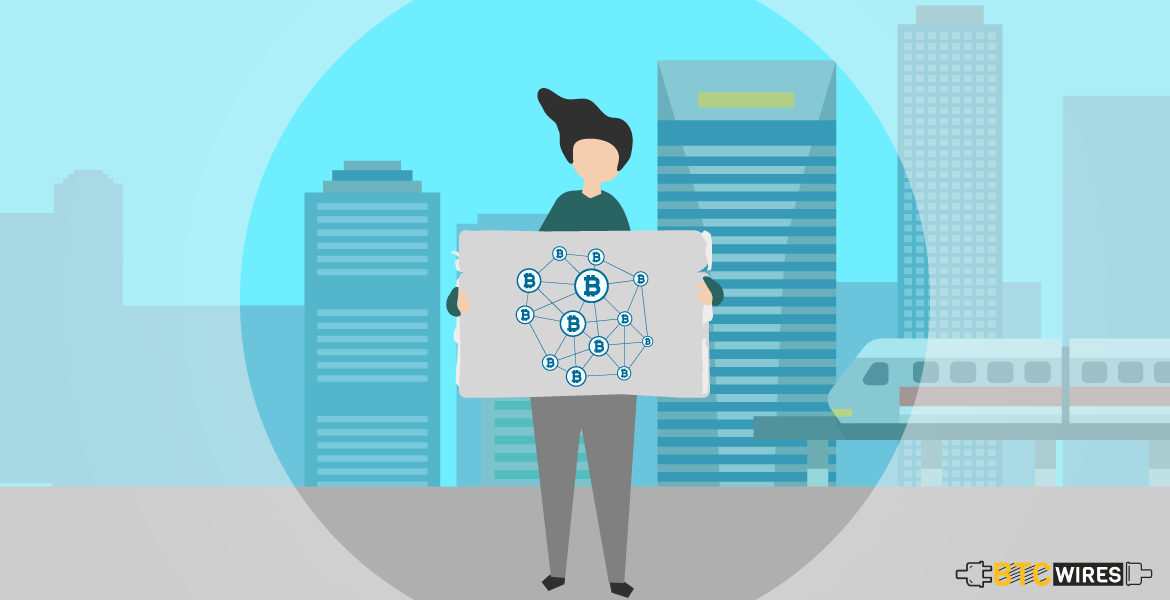Singapore became one of the first countries to implement the

Singapore became one of the first countries to implement the blockchain technology for its environmental concerns. The Singapore Power (SP) Group was responsible for setting up the decentralized Energy system in Singapore. The creator of the utility is of the belief that an absence of any centralized form of entity in the Energy Trading will lead to a more convenient and transparency in the Energy sector.
Renewable Energy Certificate (REC) is the trading tender on this blockchain. One REC is equivalent to one unit of green energy produced by solar and wind power. To run a business, one needs to have a certain number of ‘Green Points,’ companies buy these RECs to balance out their non-green energy production. It is just like Carbon trading around the world, but without a centralized system to cut the middleman.
How Is Renewable Energy Certificate (REC) traded on the Blockchain?
Let us understand how REC works in this system more efficiently. Suppose, you want to open a restaurant in Singapore, but to do that your carbon footprint or the amount of carbon produced by you should be balanced out by buying REC or green tokens. The minimum level of carbon released or its equivalent in REC is fixed by the blockchain protocol. Thus no one can bribe their way into the system. They would only be able to run their restaurant if their carbon footprint is balanced out by the REC.
SP group CEO Wong Kim Yin says,
“A consumer in Singapore who wishes to buy green energy can now, through blockchain-powered REC trading, purchase a REC from a hydro-producer based in Laos,”
Importance of Decentralized System
The Energy trading field was marred by high costs of verification for RECs which made it almost impossible to regulate the trading conveniently. But, with a decentralized form of REC, there is no confirmation required. The Power group, SP, can contact a company which is responsible for measurement of Carbon Footprint. The level of carbon produced will be set against the green tokens, so a pre-programmed setup will automatically start once you buy enough REC to negate your carbon output.
So, we can see how blockchain is beyond Cryptocurrencies and Trading Exchanges. The blockchain is a decentralized ledger system, where everyone on the network has a copy of it. Not, only that, each one can download the complete database on their hard drive, eliminating the need of a central system to control it.
Blockchain as technology is so versatile that it can be used anywhere with two or more than two parties needing a form of exchange. Since the Tender or tokens are generated by pre-set protocol, chances of manipulation are almost close to zero.
While talking about the benefits of Blockchain implementation in the Energy sector, SP group CEO said,
“In the past, you have big power stations in the centralized model, and you would transmit power to the households. In the future, you would have solar panels, and you would have batteries. In that model, the power system would be a lot more robust.”
Final Thoughts
Blockchain Technology is the backbone for the Cryptocurrencies, and most of us often confuse between the two. The blockchain is technology while Cryptocurrency is the implementation of the blockchain. So, you can apply Blockchain to any system with a centralized entity, for example, Banking, Healthcare, Voting, refund systems and many more.

